Stop Throwing Away Mushy Berries: My Pro Method for Keeping Them Fresh for Days
I’ve spent a huge chunk of my life around fresh produce, from busy restaurant kitchens to sourcing for fancy grocery stores. And through all of it, one thing is universally true: nothing is more frustrating than expensive berries going bad overnight. You bring home a gorgeous clamshell of raspberries, and the next day… sad, fuzzy mush. It’s such a waste of money and delicious fruit.
In this article
Honestly, most of the advice out there is just too simple. It misses the science behind why these fruits are so fragile. The secret isn’t one magic trick; it’s a series of small, smart steps that make all the difference. This is the system the pros use, and it’s what separates them from home cooks who are constantly tossing spoiled berries in the compost.
So, let’s get into it. I’m going to walk you through the exact methods I’ve learned and taught over the years. We’ll cover why berries spoil so fast, how to pick the best ones at the store, and the game-changing way to wash and store them. My goal? For you to feel confident and finally stop wasting these amazing fruits.
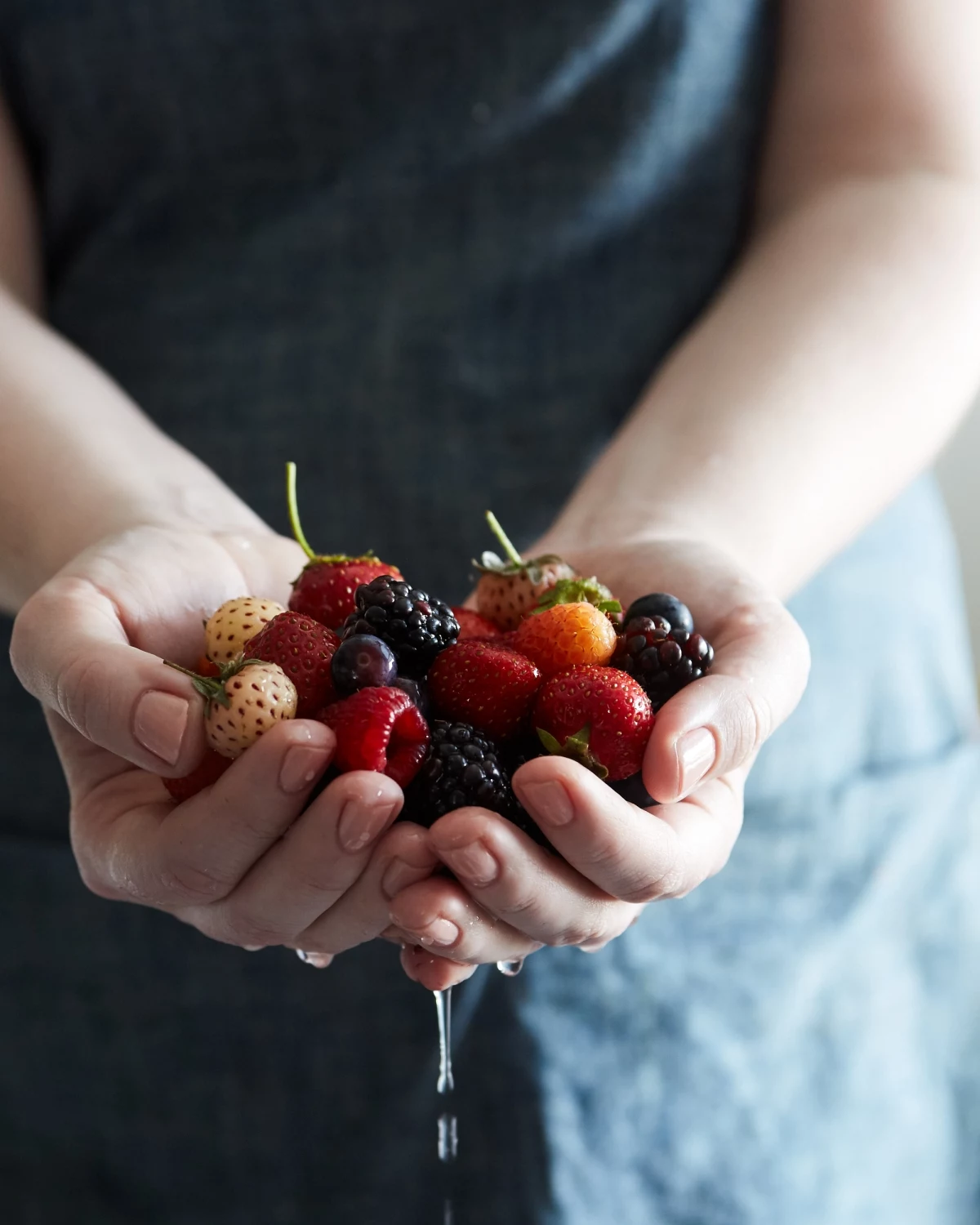
Why Your Berries Go Bad So Fast
To keep berries fresh, you have to understand why they’re so delicate in the first place. Unlike an apple with its waxy armor, a berry’s skin is incredibly thin. They are living things that continue to “breathe” (or respire) even after being picked, and our job is to slow that process way, way down.
Moisture, Mold, and Thin Skins
A berry is basically a little water balloon with a very thin skin. Think about a single raspberry—each tiny globe is a fragile little bubble. As the berry breathes, it uses its own sugar for energy, which creates a tiny bit of heat and speeds up decay. This makes it get soft, lose flavor, and become a perfect target for mold.
And speaking of mold… its spores are literally everywhere. The most common one is a gray mold that just waits for the perfect opportunity: a bit of moisture and a break in the skin. The second a berry gets bruised, its juices leak out and provide the fuel for mold to take hold. From there, it spreads like wildfire to any other berry it’s touching.
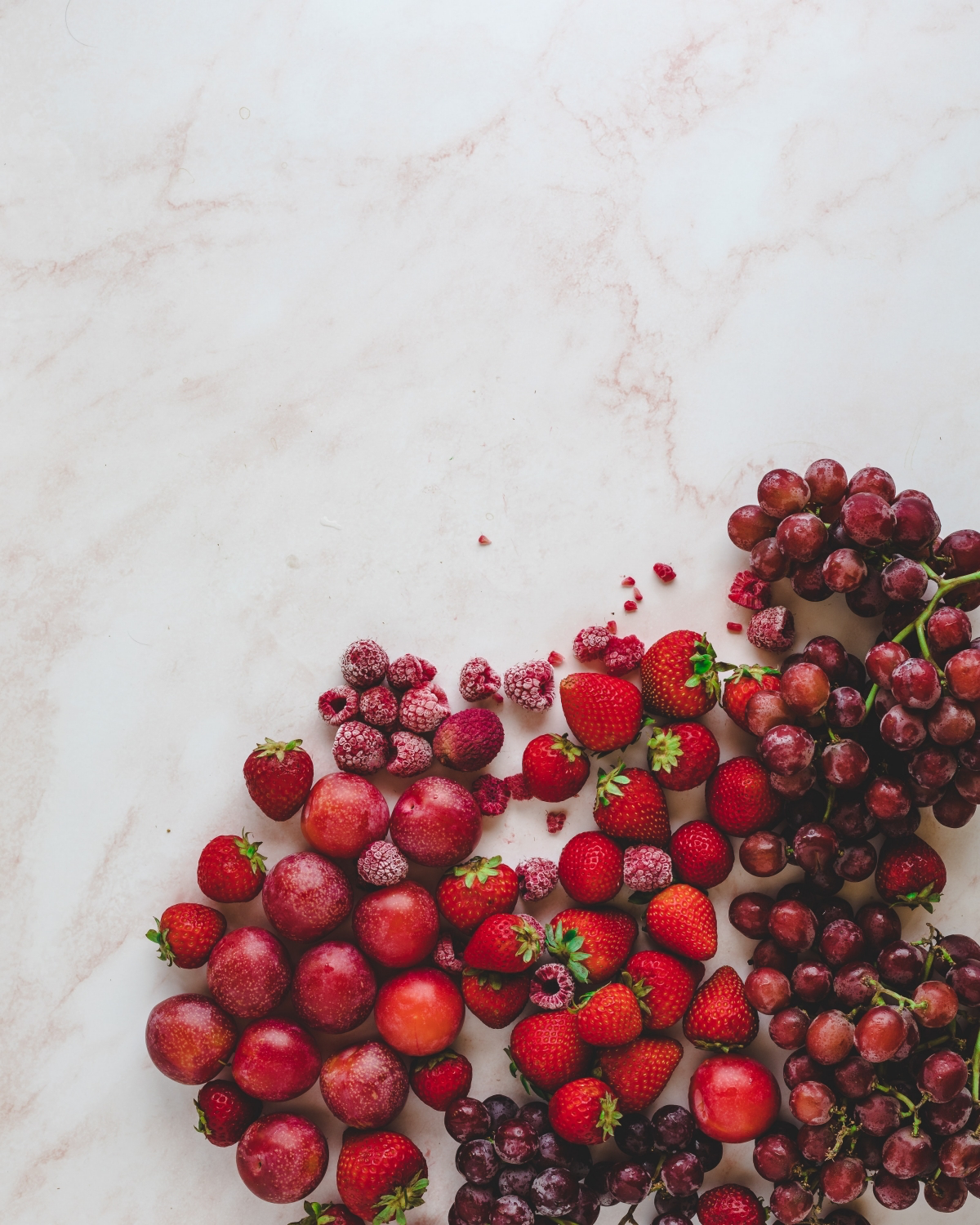
The Ethylene Problem
You’ve probably heard about ethylene gas. It’s a natural hormone that fruits release to signal ripening. Some fruits, like bananas and apples, produce a ton of it. Berries, on the other hand, have a different relationship with ethylene.
Strawberries, raspberries, and blackberries don’t really ripen after they’re picked. A strawberry with a white top will never get sweeter on your counter; it will only get softer and rot. This is why picking the right ones at the store is so critical.
Blueberries are a little different and might soften or get a bit sweeter, but their core flavor is locked in at harvest. For all berries, though, being near an ethylene-producing fruit is a disaster. It’s like a big red button telling them to start decaying. So, rule number one: never store your berries next to a ripe banana!
Choosing Berries Like a Pro
Your success story begins at the grocery store or farmer’s market. No storage trick in the world can save a bad berry. Here’s how to use your senses to pick the absolute best.
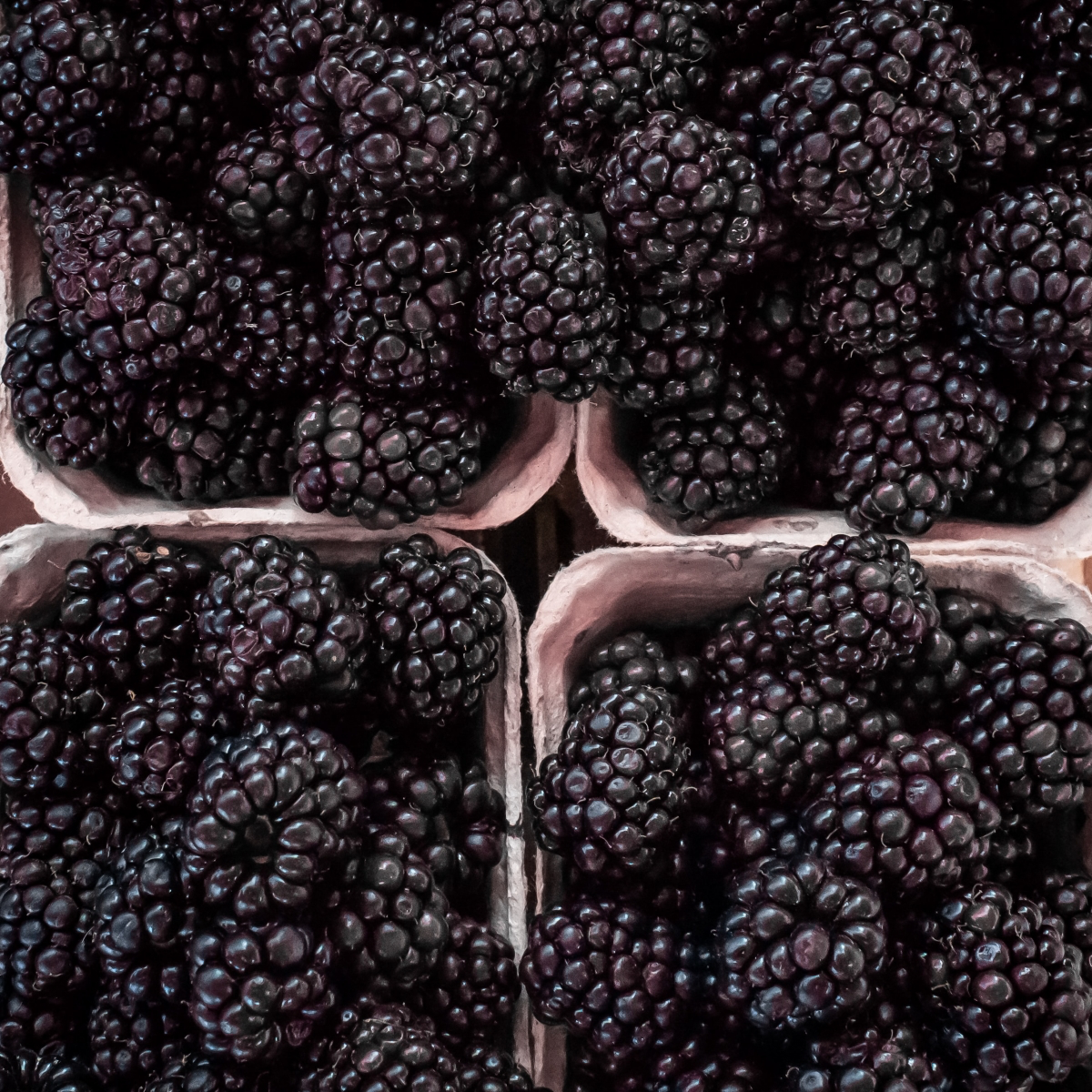
Strawberries
Forget about size. Huge strawberries are often watery and less flavorful. I always look for small to medium ones that feel heavy for their size.
- Color: Look for a deep, vibrant red all the way up to the leafy green cap. If you see a lot of white or pale green on the “shoulders,” it was picked too early and will never get truly sweet.
- Sheen: Fresh berries have a healthy, natural gloss. A dull, dark, or bruised-looking strawberry is already on its way out.
- The Smell Test: This is my number one indicator. A great strawberry smells intensely sweet and fragrant. If you smell nothing, it’ll probably taste like nothing. If you get a whiff of anything fermented or alcoholic, they’re already spoiling.
- The Flip Test: ALWAYS turn the clear plastic container over and check the bottom. Any signs of squished fruit, juice stains, or (worst of all) fuzzy mold? Put it back and grab another one. One moldy berry has likely contaminated the whole batch.
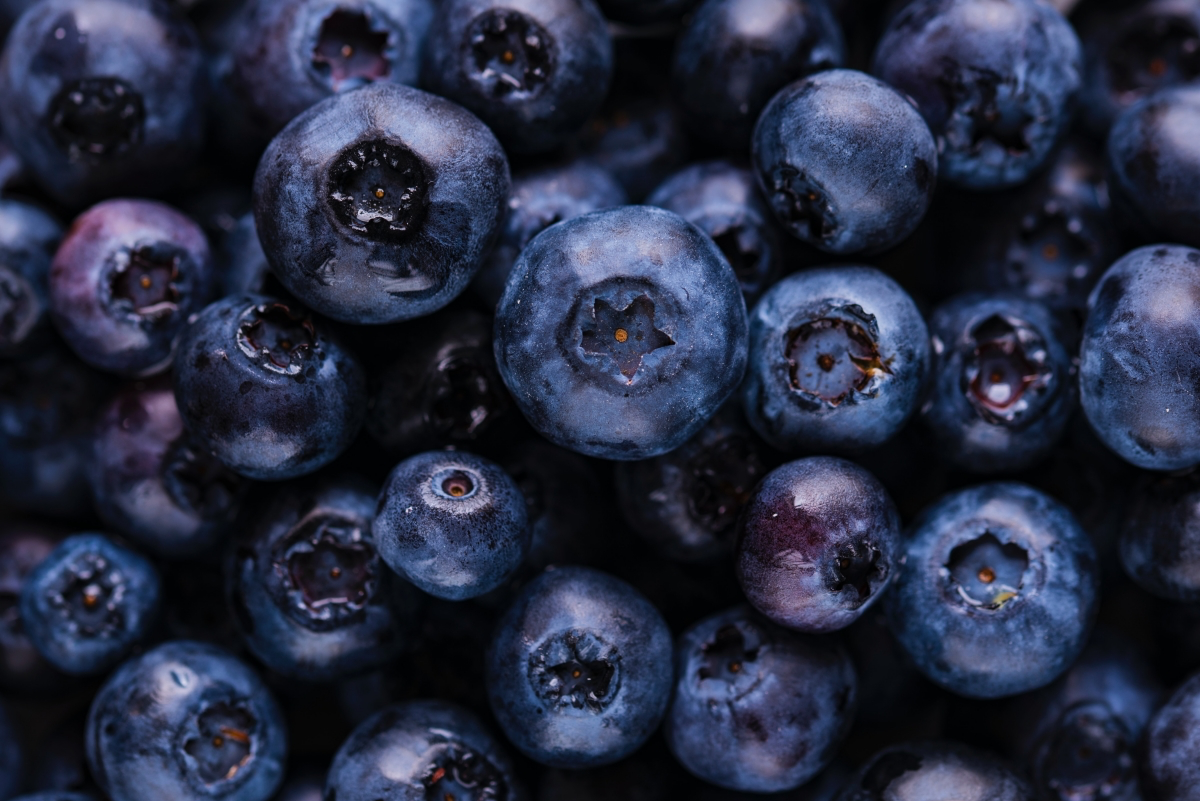
Blueberries
With blueberries, the key is to look for something that most people think is a flaw.
- The Bloom: See that dusty, silvery-white coating on the skin? That’s called the bloom. It’s a natural waxy layer that protects the fruit from moisture loss. A strong bloom is a fantastic sign of freshness and minimal handling. If the berries are super shiny and dark, that bloom has been rubbed off, meaning they’re either old or have been handled too much.
- Firmness: They should be plump and firm. Give the container a gentle shake—they should rattle a bit. If it’s silent and feels soft, they’re probably getting mealy.
Raspberries and Blackberries
These are the divas of the berry world. Handle with care!
- Structure: Look closely at the individual little bubbles (the drupelets). They should be plump and intact. If you see shriveled or “leaky” ones, the berry is either damaged or dehydrating.
- Color: Raspberries should be a rich, even red. Blackberries should be a deep, inky black with a nice gloss. A dull look on blackberries means they’re old, and a reddish tint means they’re underripe and will be incredibly tart.
- The Juice Check: Just like with strawberries, inspect the pad on the bottom of the container. Any juice stains are a huge red flag that some berries are crushed, and mold isn’t far behind.
A quick note on local berries: If you can, always grab berries from a local farmer’s market. They often grow varieties selected for pure flavor, not for their ability to survive a thousand-mile truck ride. Their shelf life might be shorter, but the taste is absolutely worth it.
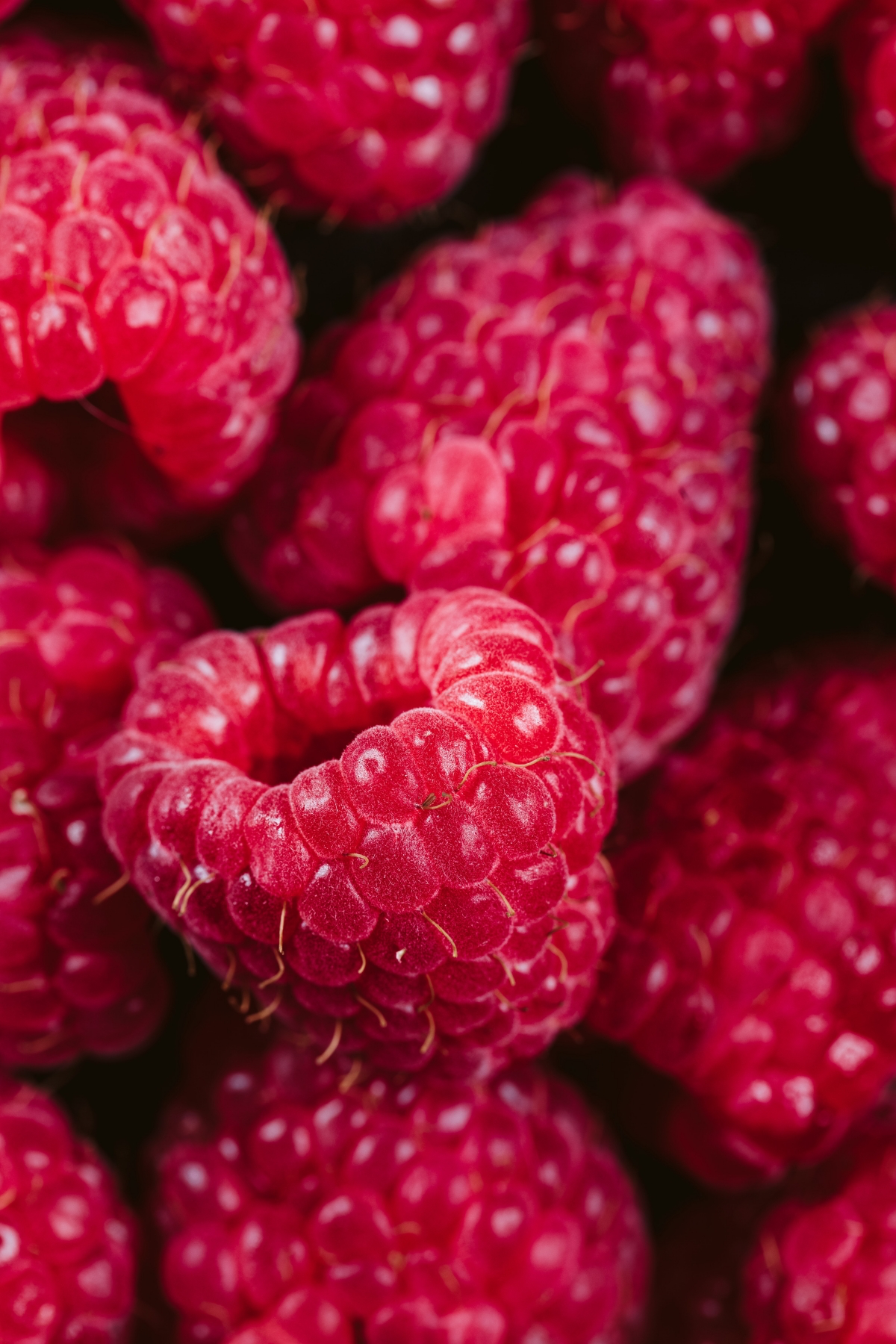
The Vinegar Wash: Your Secret Weapon Against Mold
Okay, this is the step that changes everything. For firmer berries like strawberries and blueberries, washing them as soon as you get home can dramatically extend their life. But there’s a trick to it.
The Vinegar Bath Method
This has been my go-to for years. It’s cheap, safe, and amazingly effective at killing the invisible mold spores that cause spoilage.
- Make the Bath: In a big bowl, mix roughly one part plain white vinegar to three parts cool water. Don’t worry about being exact—something like 1 cup of vinegar and 3 cups of water is perfect. Plain white vinegar is best because it’s cheap and flavorless, but apple cider vinegar works in a pinch.
- The Quick Soak: Gently place your strawberries or blueberries in the solution. Swirl them around with your hands for about 30-60 seconds. Don’t let them sit for more than a couple of minutes.
- Rinse Well: Drain the berries in a colander and rinse them thoroughly with cool running water. And I mean thoroughly. This washes away any lingering vinegar taste. I promise, they won’t taste like a salad!
- DRYING IS EVERYTHING: This is, without a doubt, the most critical step. Any moisture left behind is an invitation for mold. Spread the berries in a single layer on a clean kitchen towel or a few paper towels laid over a baking sheet. Let them air dry completely. You can even point a small fan at them on low to speed things up.
Heads up! For super-delicate raspberries and blackberries, skip the big bath. Their fragile skins can get waterlogged. The best practice for them is to store them unwashed using the method below, and then rinse them gently right before you’re about to eat them.
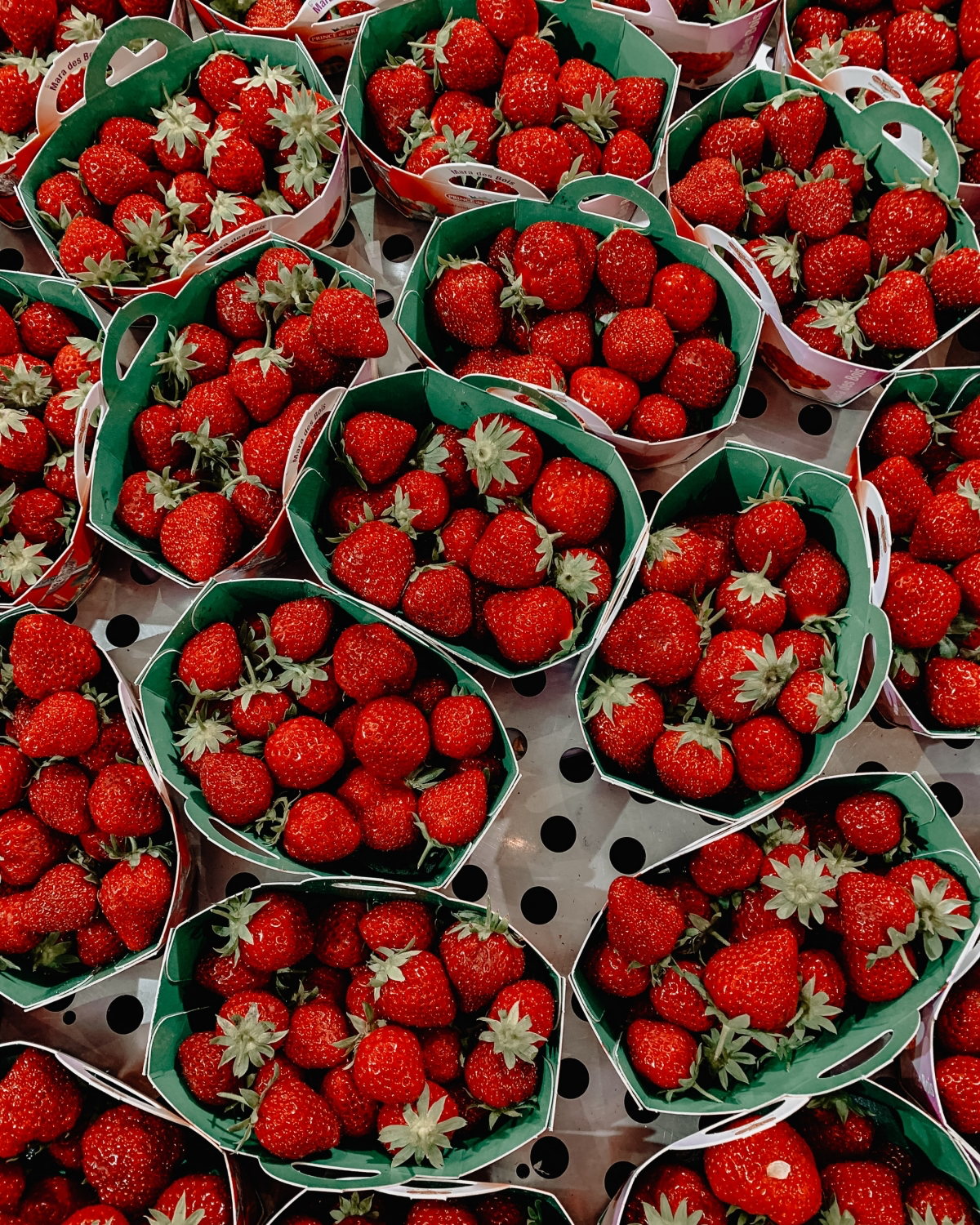
The Right Way to Store Berries in Your Fridge
Once your berries are clean and bone dry, you need to give them the right home. Just tossing them back into the clamshell and onto a random fridge shelf is a recipe for failure.
The Ideal Storage Setup
- Pick a Good Container: You want something that allows for a little airflow. A shallow glass or ceramic dish is great. I line the bottom with a dry paper towel to wick away any condensation.
- Give Them Space: Arrange the berries in a single layer if you can, especially for strawberries and raspberries. This stops one bad berry from ruining its neighbors.
- Cover and Vent: Place another paper towel on top before putting on the lid. If the lid is airtight, leave it slightly ajar. By the way, those special produce-saver containers work on this exact principle. If you eat tons of berries, something like an OXO GreenSaver or Rubbermaid FreshWorks, which usually cost between $15 and $25, can be a worthy investment.

Where to Put Them in the Fridge
Don’t just stick them anywhere! Your fridge’s crisper drawer is your best friend.
- Low Humidity is Key: Most crisper drawers have a humidity slider. You want the low humidity setting (the vent is open). This lets moisture and ethylene gas escape, which is exactly what berries need. The high humidity setting is for leafy greens that you want to keep from wilting.
- No Crisper Drawer? No Problem. If your fridge doesn’t have one, the next best spot is on a shelf in the back of your fridge where the temperature is coldest and most stable. Just make sure it’s not a spot where things tend to freeze!
With this method, I can get my strawberries and raspberries to last 3-5 days easily. Blueberries, being the tough ones, can last for a week or even more.
Common Pitfalls & Quick Fixes
Even with the best method, things can sometimes go sideways. Here are a couple of common issues I hear about:
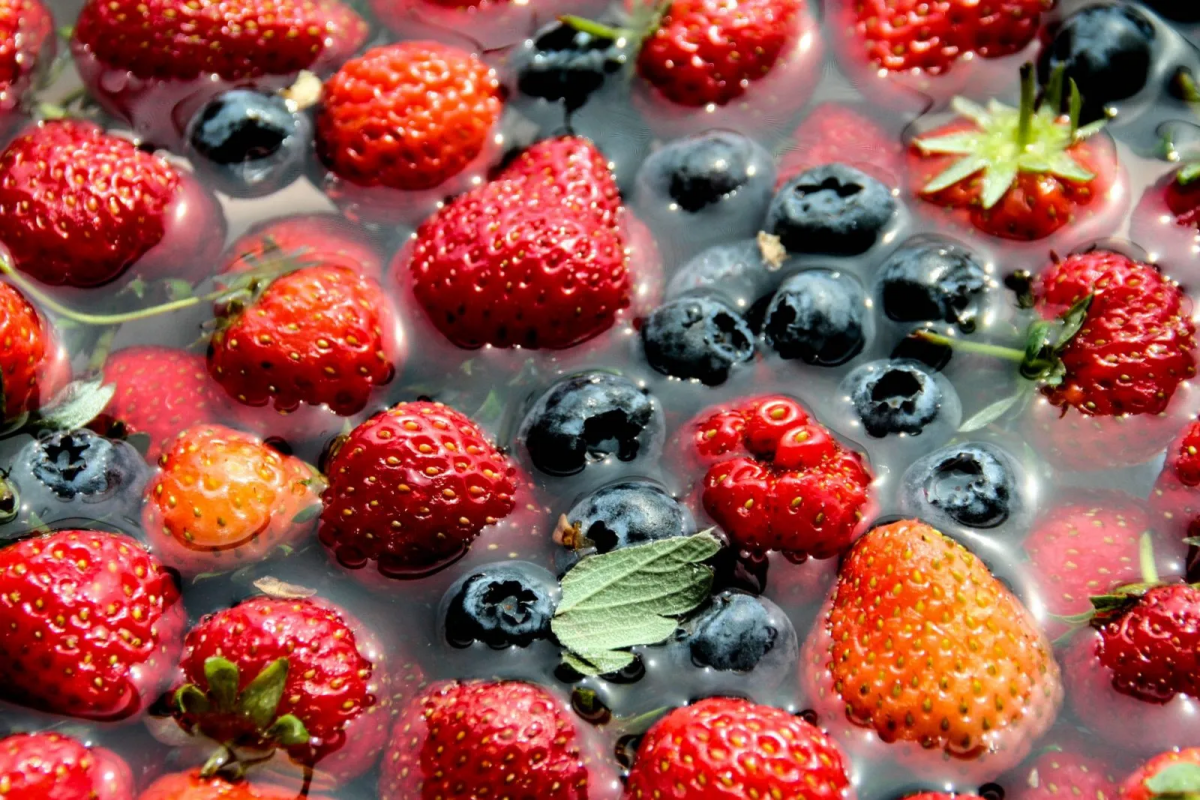
- “Help, my berries still molded!” Nine times out of ten, this means they weren’t 100% dry before you stored them. Seriously, you can’t over-dry them. Be patient and make sure they are completely free of moisture.
- “Help, they taste like vinegar!” You just need to rinse them a little more thoroughly after their bath. A good, solid rinse under cool running water will wash away any trace of vinegar flavor.
What to Do With Berries Past Their Prime
Sometimes you just have berries that are a little soft or bruised. Don’t throw them out! In a professional kitchen, we call this an opportunity.
- Make a Quick Sauce: Toss the soft berries in a small pot with a spoonful of sugar and a squeeze of lemon juice. Heat for 5-10 minutes until they break down into a gorgeous sauce for yogurt, oatmeal, or ice cream.
- Blend Them Up: Soft berries are perfect for smoothies. Their texture doesn’t matter once they’re blended.
- Freeze Them Properly: Don’t just toss the container in the freezer or you’ll get a solid ice brick. Instead, wash and thoroughly dry the berries. Spread them on a parchment-lined baking sheet in a single layer and freeze them solid. Once frozen, you can transfer them to a freezer bag. They won’t stick together! Just remember, thawed frozen berries will be soft, making them best for baking, sauces, or smoothies, not for eating fresh.
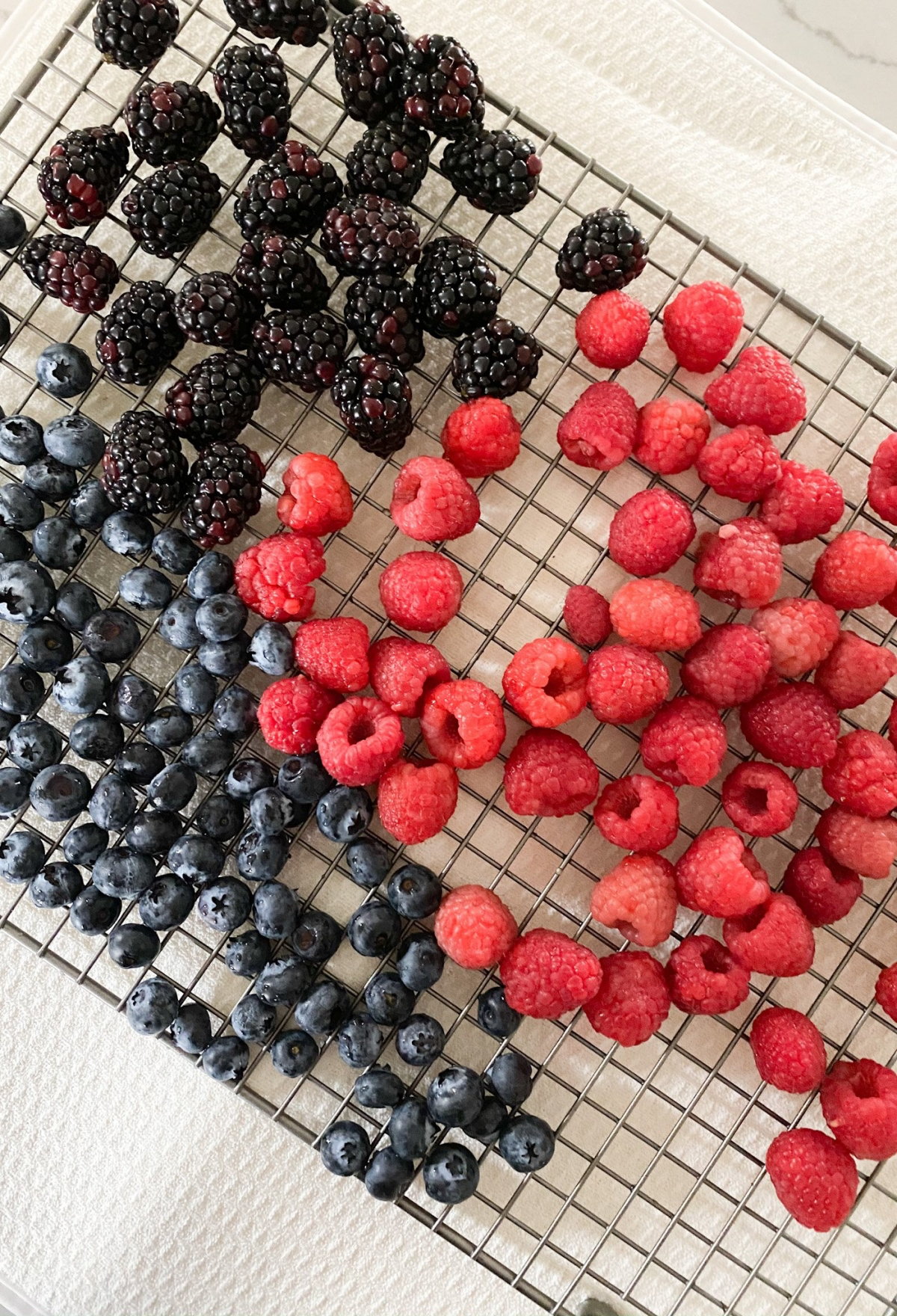
A Few Final Thoughts
Just a couple more things to keep in mind.
First, on the topic of mold: if you see fuzzy mold on a berry, throw that berry away and any others it was touching. The fuzzy part is just the tip of the iceberg; its invisible roots can spread into its neighbors. It’s not worth the risk.
Second, about pesticides. Some official reports often list certain fruits, like strawberries, as having higher pesticide residues. The vinegar wash helps clean the surface, but if you’re concerned, buying organic is a great option. Either way, always wash your fruit.
Finally, here’s a quick summary for when you’re in a hurry.
My Berry-Saving Checklist:
- Inspect them carefully at the store. Flip the container!
- Give firm berries (strawberries, blueberries) a quick vinegar bath.
- DRY THEM COMPLETELY. This is the most important step!
- Store in a paper-towel-lined, vented container in a single layer.
- Place in a low-humidity crisper drawer or the back of the fridge.
- For delicate berries (raspberries, blackberries), skip the wash until you’re ready to eat.
Don’t believe me? Try a little experiment. Buy two pints of strawberries. Prep one with my method, and just stick the other one in the fridge. I’d love to hear which one lasted longer!
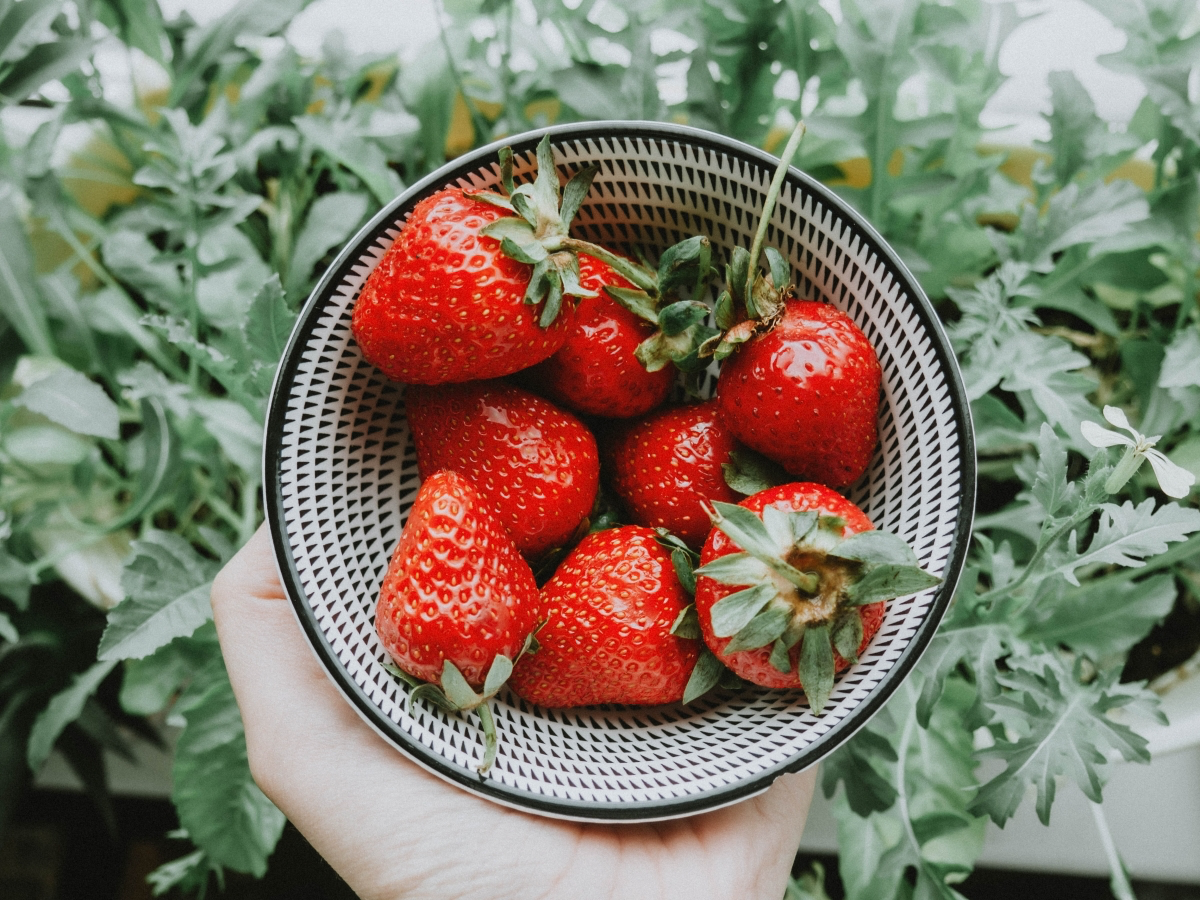
Inspiration:
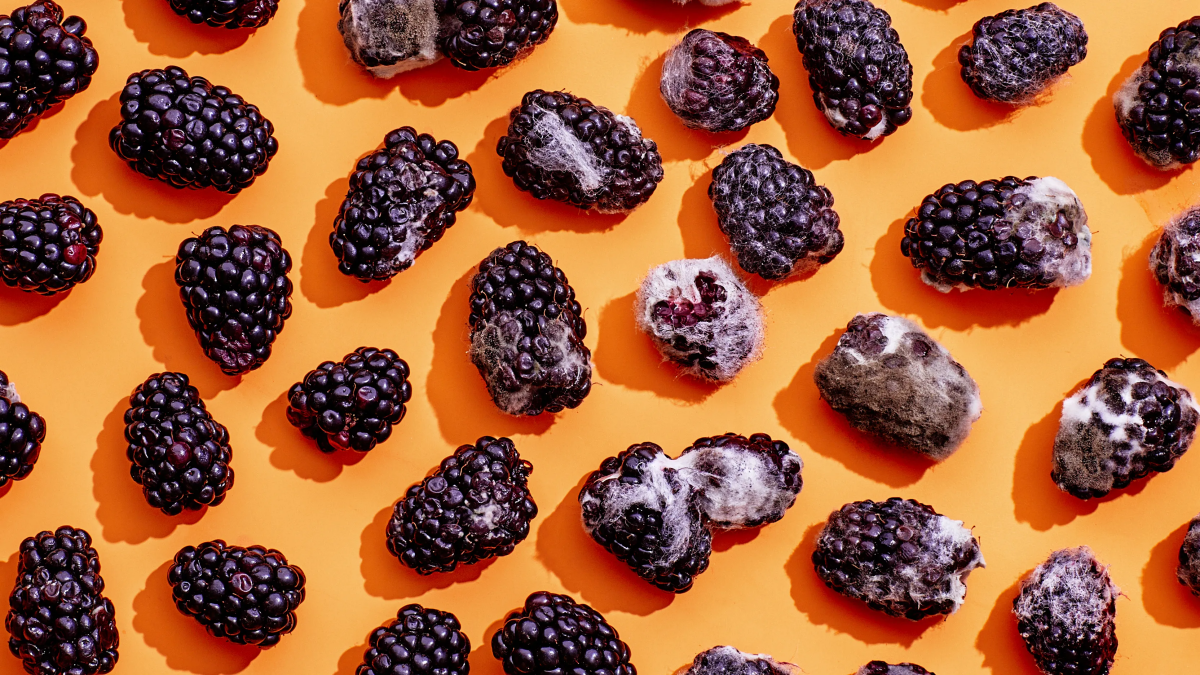
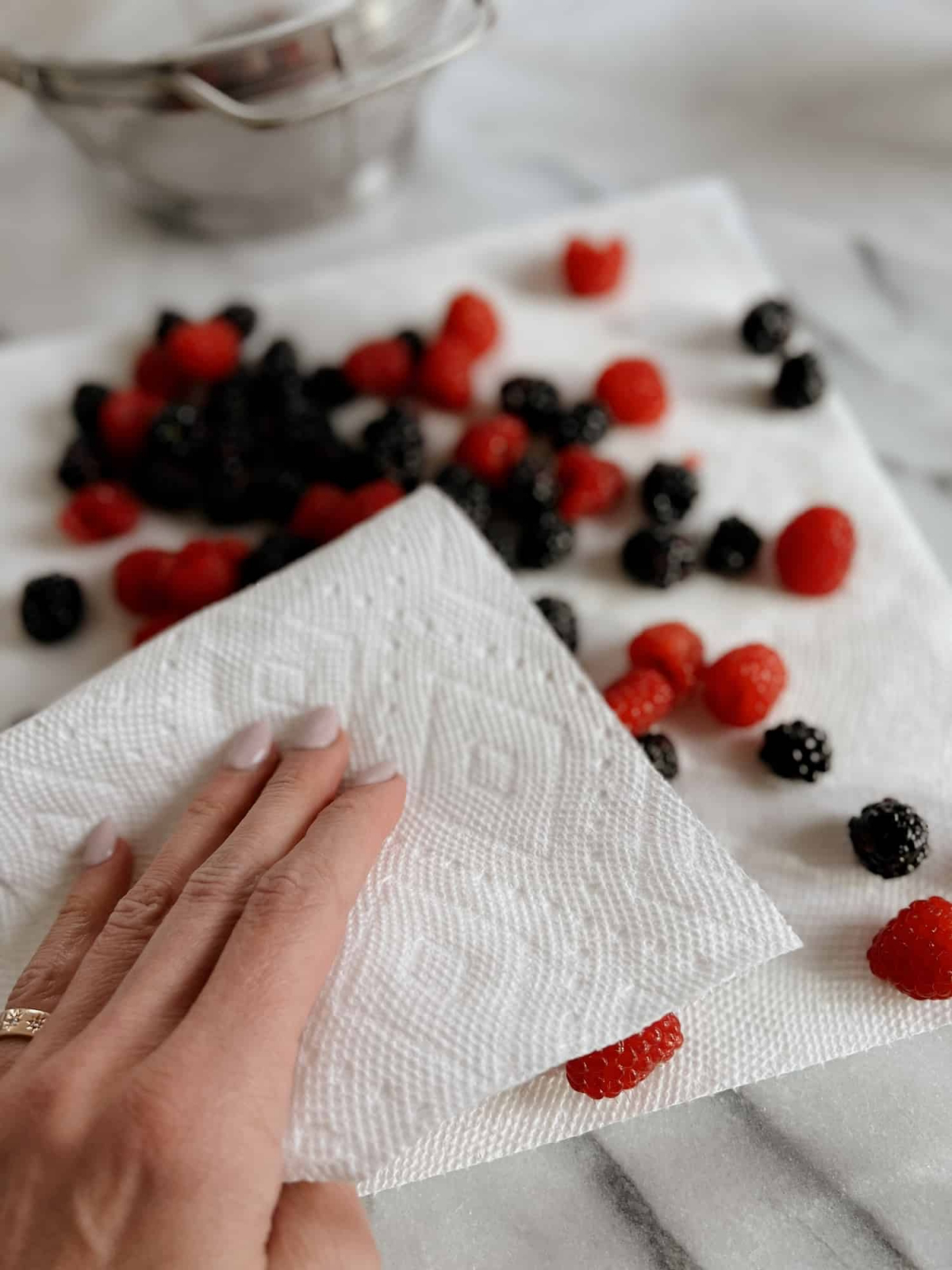
The Fridge Cold Spot: Your refrigerator door is the worst place to store delicate berries. Every time you open it, they’re hit with a blast of warm air, causing temperature fluctuations that accelerate spoilage. For maximum freshness, give them a prime spot on a main shelf, preferably towards the back where the temperature is coldest and most stable.
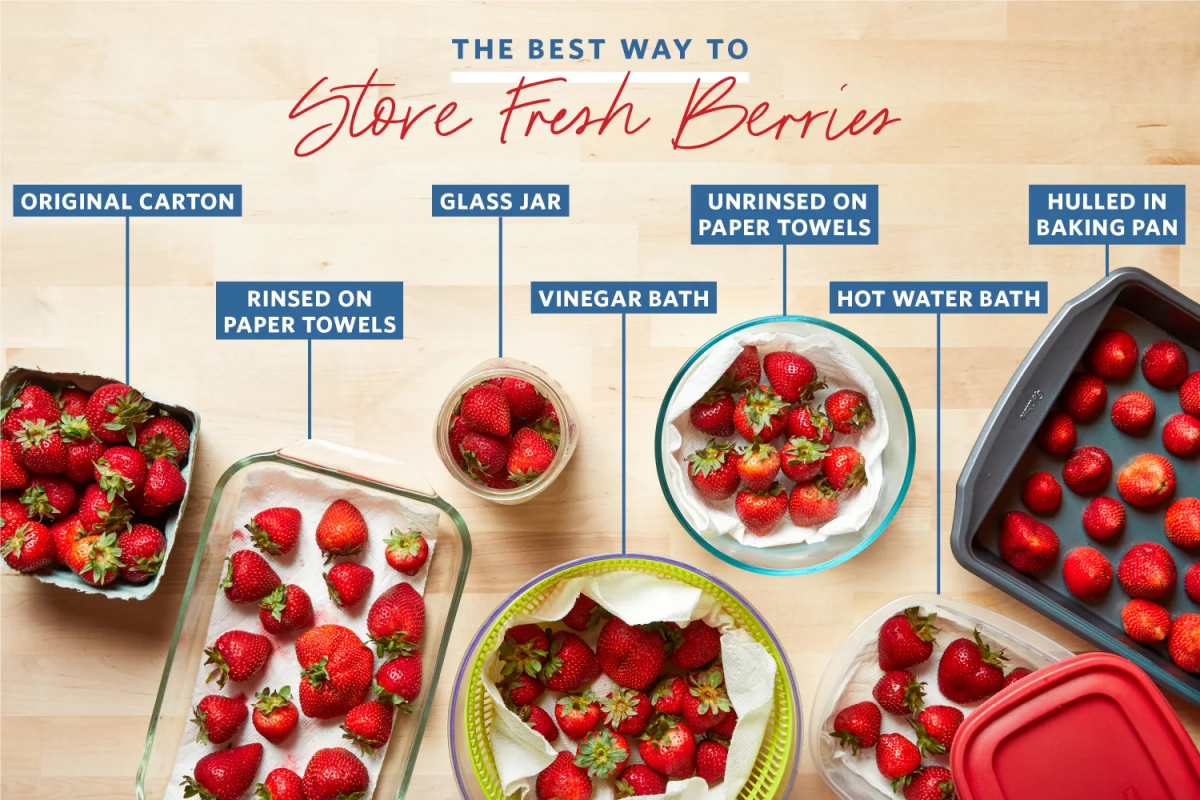
According to the USDA, fresh fruits and vegetables are the most frequently discarded category of food at the household level, accounting for a significant portion of the 30-40% of food wasted in the United States.
Mastering the art of berry preservation is more than just a money-saver; it’s a direct contribution to reducing this staggering waste. Every clamshell of raspberries you save from the compost bin is a small victory for your wallet and the planet.
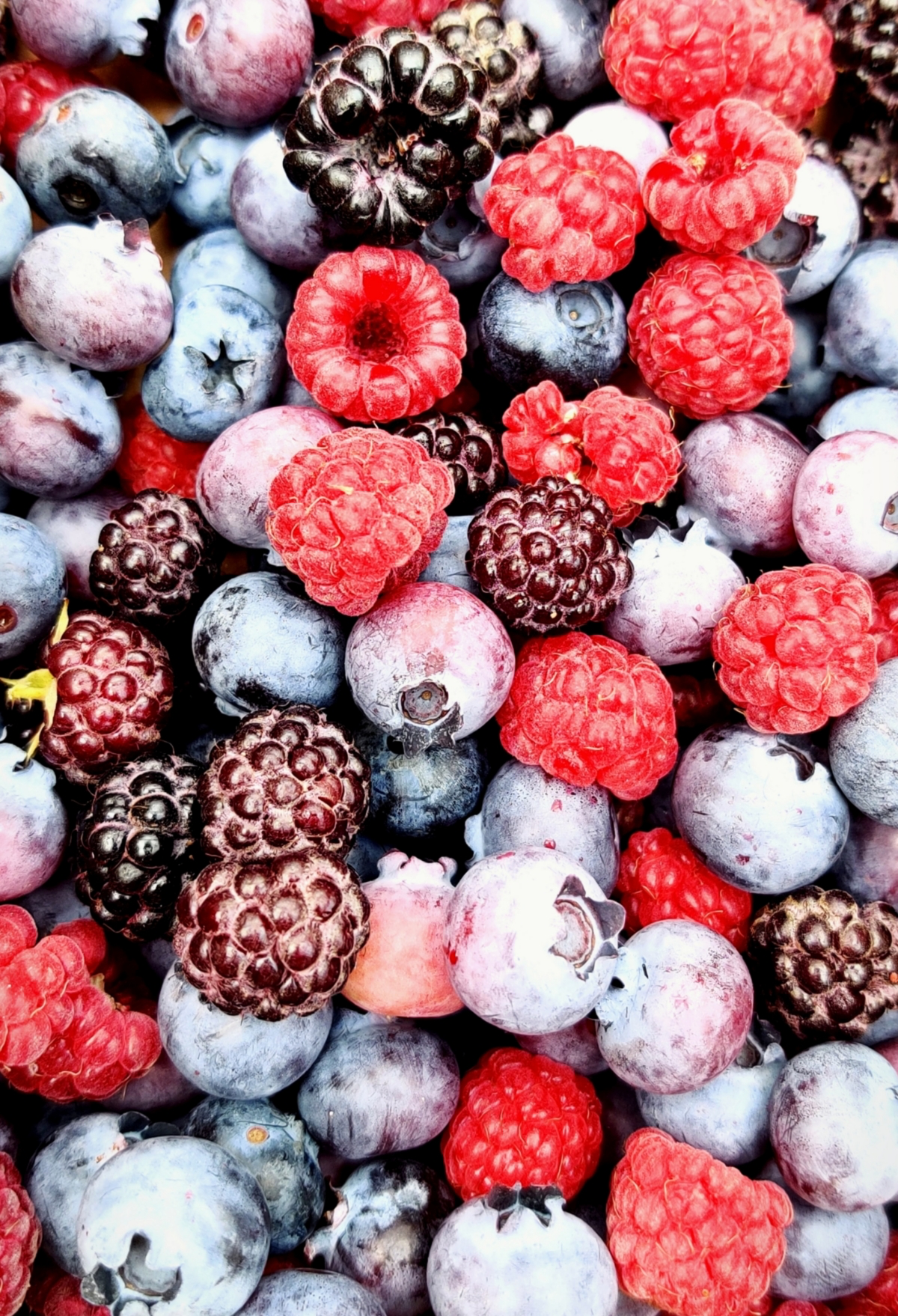
Does the viral vinegar wash actually work to prevent mold?
Yes, it’s a kitchen pro secret for a reason. A brief soak in a solution of one part white vinegar to three parts cool water works wonders. The mild acidity of the vinegar is hostile to mold spores and bacteria that are already on the berries’ surface. Don’t worry about the taste; a thorough but gentle rinse with fresh water afterwards will wash away any hint of vinegar, leaving only perfectly clean, ready-to-store fruit.
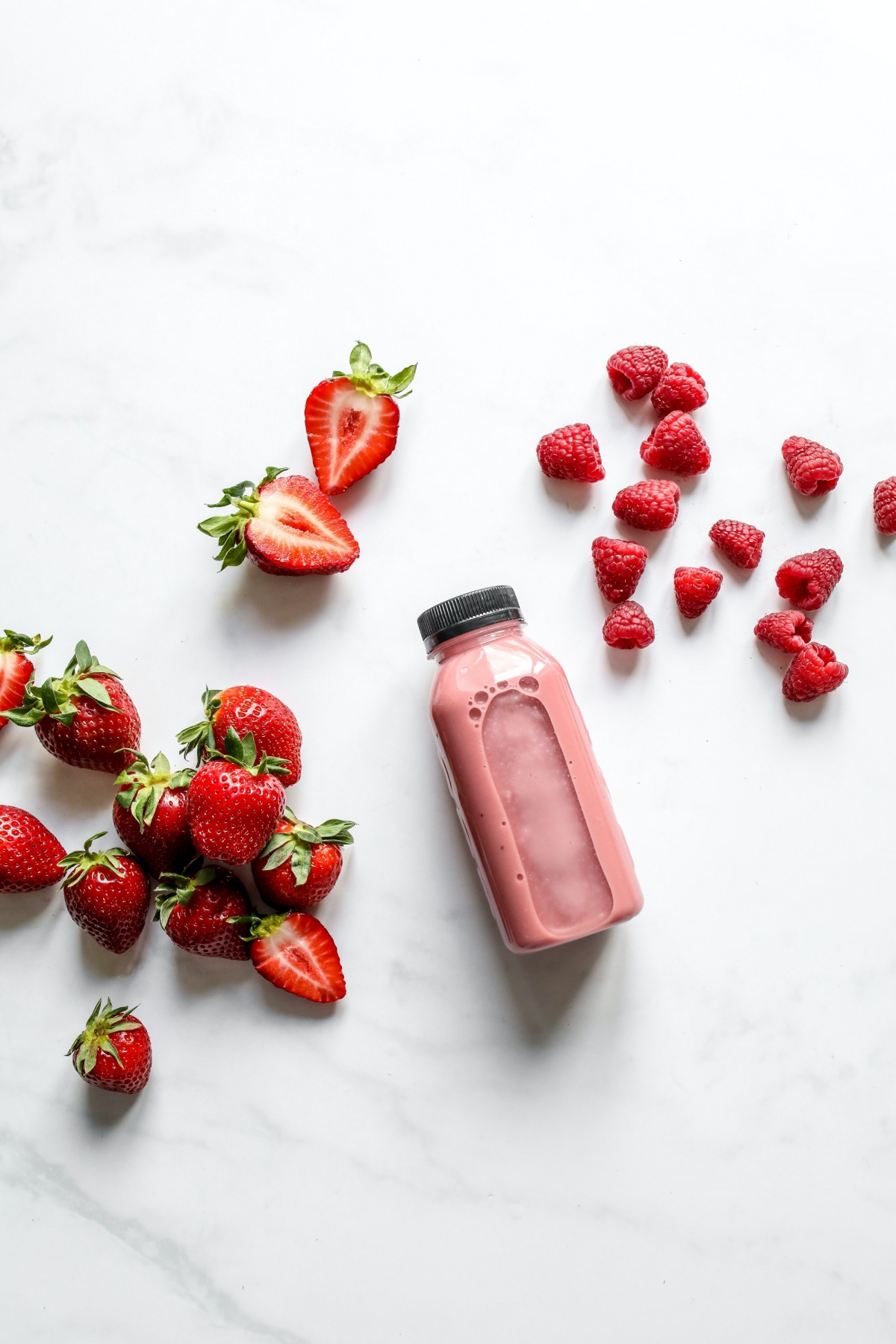
Glass Containers: Brands like Pyrex or OXO Good Grips offer a non-porous, chemically inert surface that won’t absorb odors or stains. They are excellent for preventing moisture buildup when lined with a paper towel.
Specialized Produce Savers: Options like the Rubbermaid FreshWorks line are designed with features like built-in vents for airflow and elevated crisper trays that keep berries from sitting in condensation.
For berries, the specialized savers often have a slight edge due to their integrated airflow and drainage systems, but a well-prepped glass container is a fantastic, plastic-free alternative.
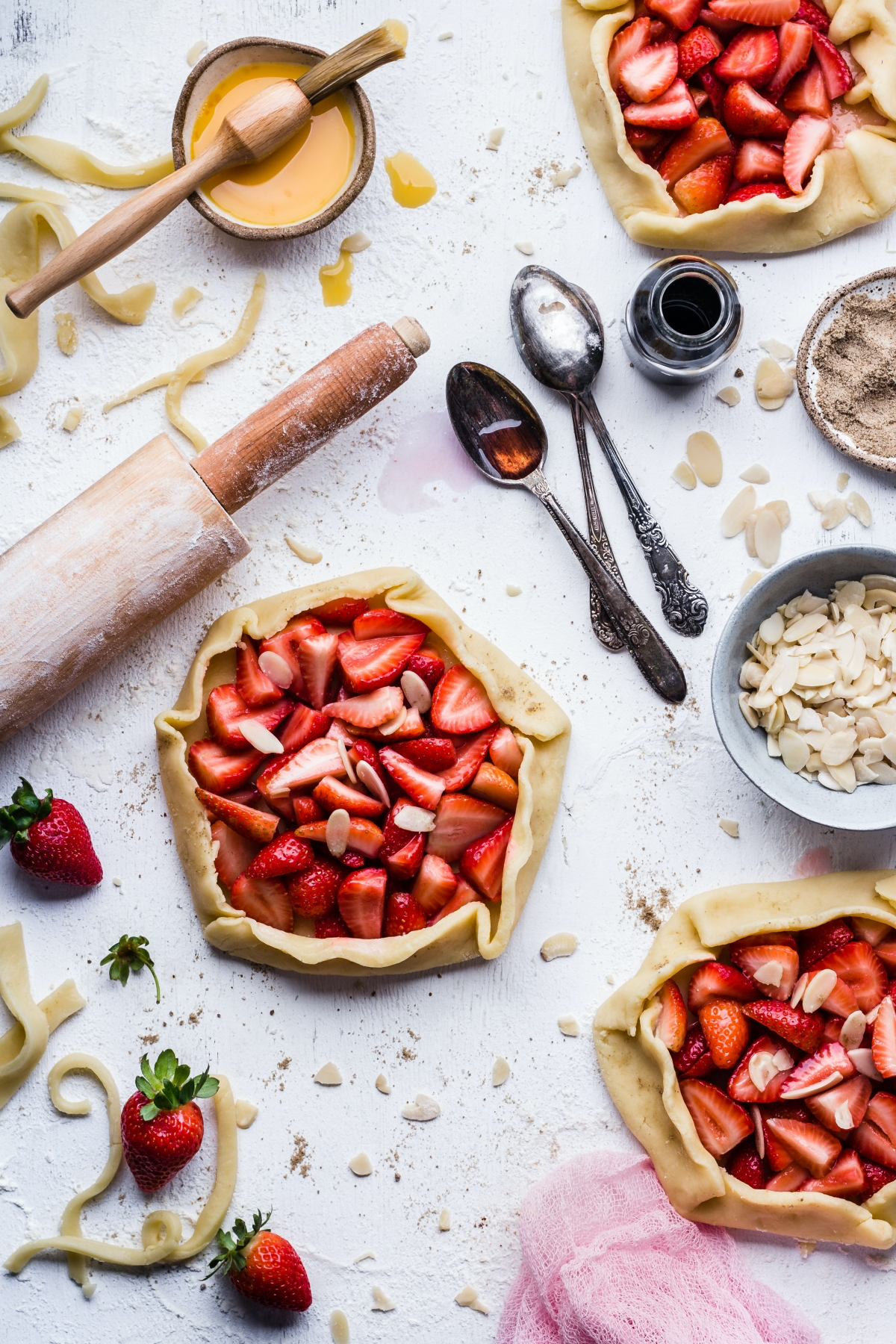
- Adds a burst of natural sweetness to yogurt or oatmeal.
- Creates an impressive, two-minute dessert sauce for ice cream.
- Saves fruit that’s just a little too soft to be eaten fresh.
The secret? A quick rescue compote. Just place your slightly mushy berries in a small saucepan over medium heat with a tiny splash of water and a squeeze of lemon juice. As they heat, they’ll break down into a delicious, vibrant sauce in minutes.
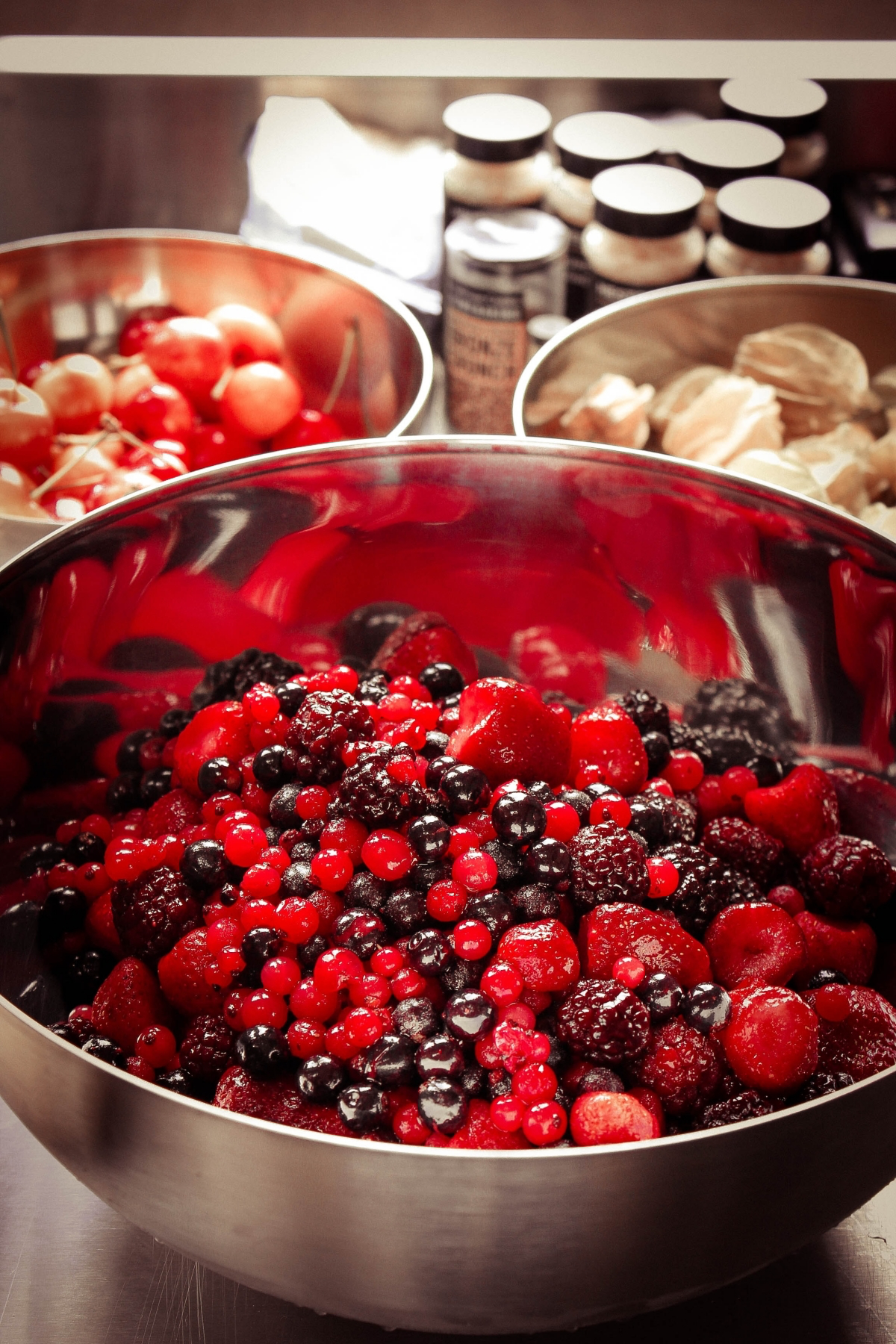
Don’t suffocate your berries. While it’s tempting to seal them in an airtight container, they need to breathe. Trapped ethylene gas and moisture are a recipe for rapid decay. The solution is gentle airflow. After washing and thoroughly drying, store them in a single layer on a paper towel-lined tray or in a container with the lid slightly ajar. This simple step allows moisture to escape and dramatically extends their life.
In Nordic countries, the ‘right to roam’ (Allemansrätten) allows anyone to forage for wild berries like bilberries and lingonberries on most land. This tradition has fostered a deep cultural knowledge of preserving the harvest to last through the long winters.










